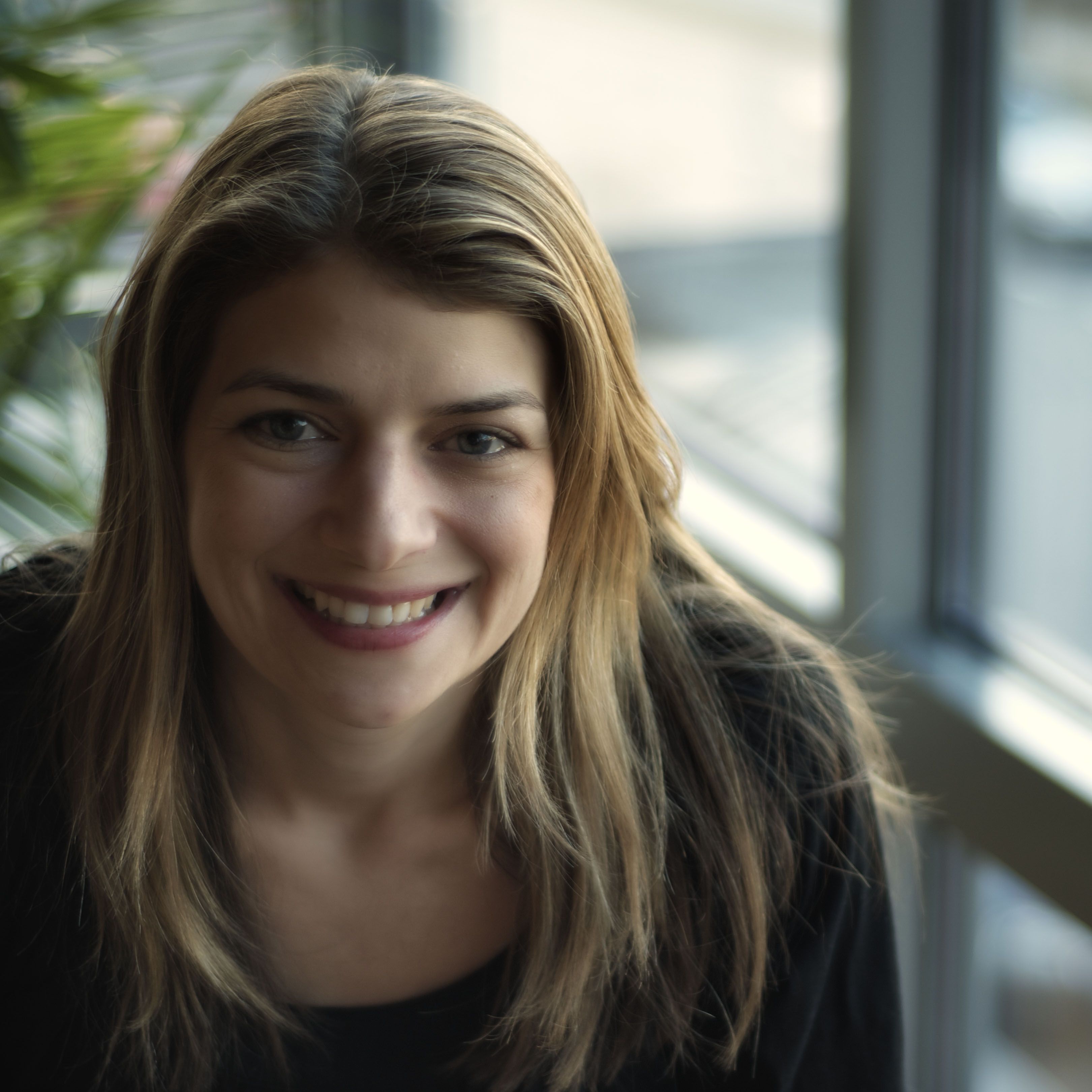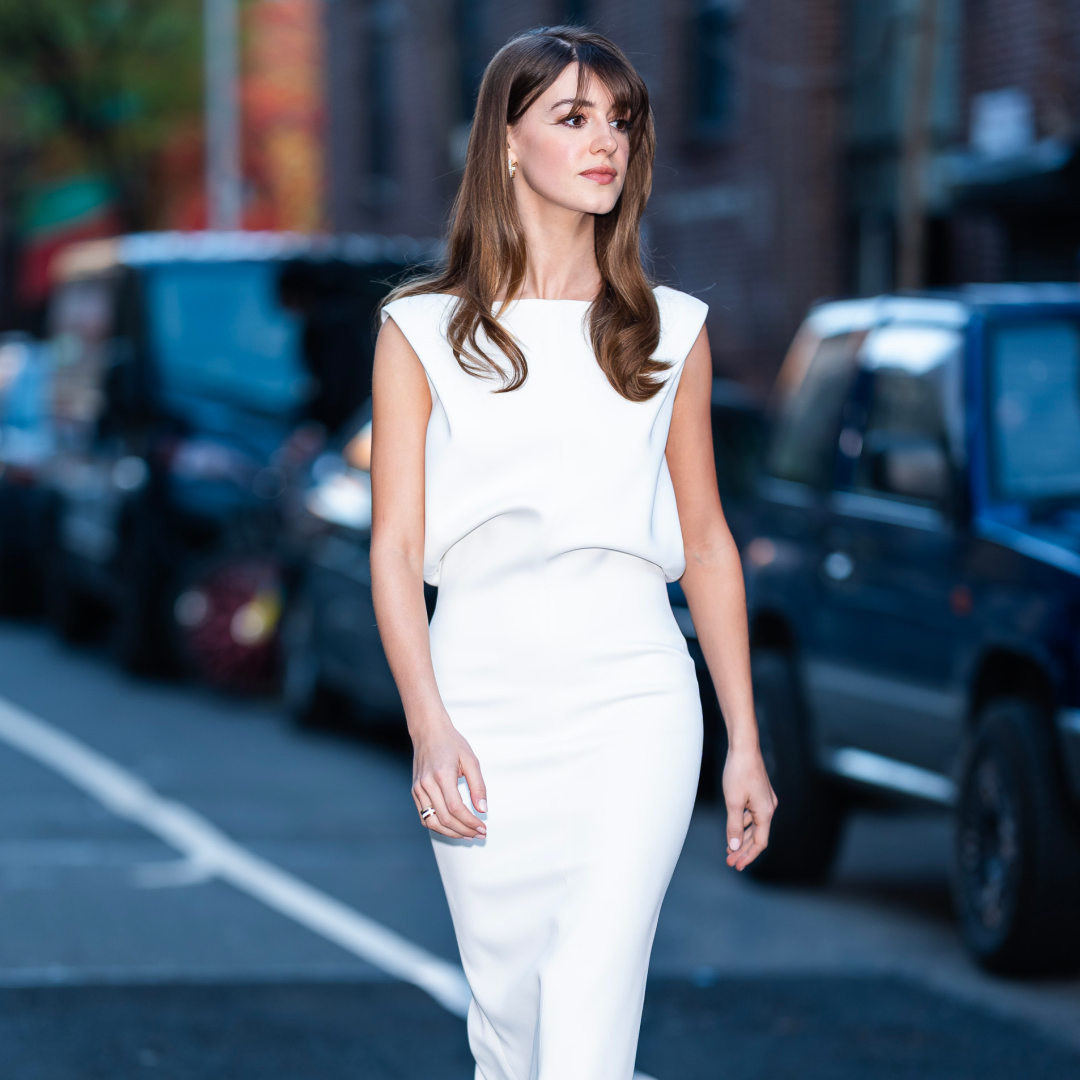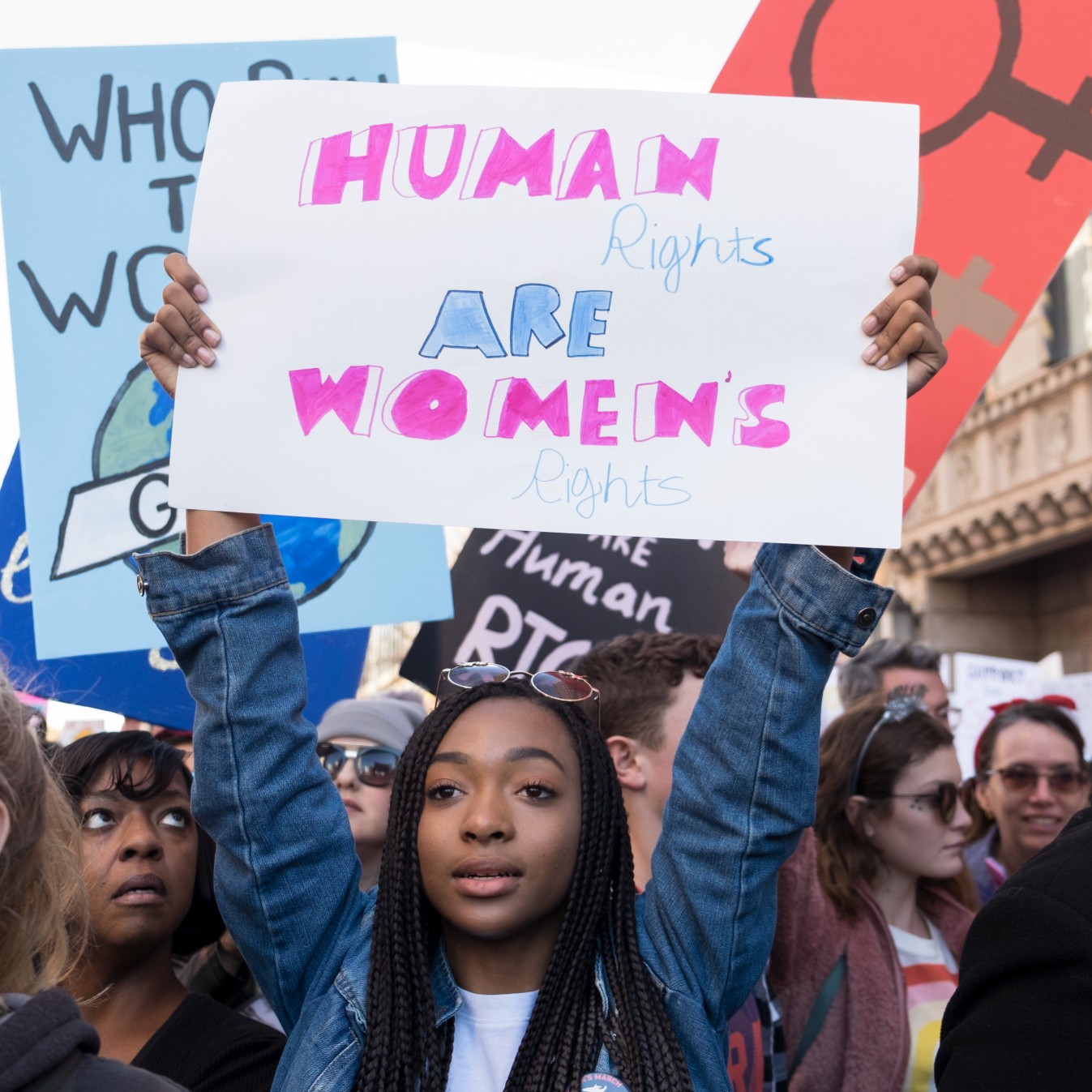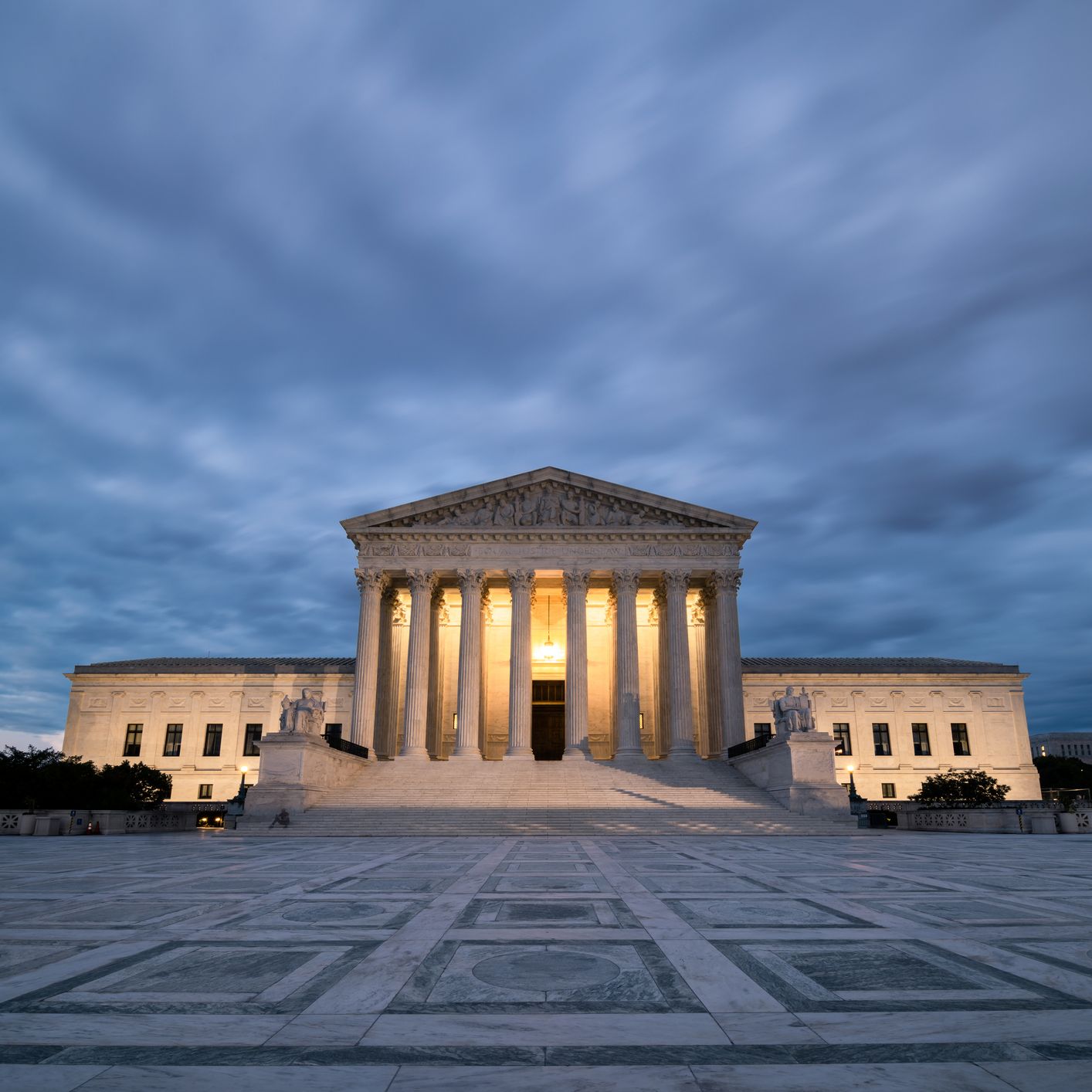Elise Stefanik Is Going to Bring Women Back to the GOP
The pink wave wasn't very red.


When Elise Stefanik, a Republican member of the House of Representatives looks around the House chamber, she sees a wave of new female faces—nearly all of whom sit on the Democratic side. Of the 102 women who currently serve in the House, all but 13 are Democrats. The 2018 election brought 35 new women congresswomen to D.C. Only one is Republican.
“People know there is a problem,” Stefanik tells me. So the 34-year-old go-getter has set out to do the impossible: Recruit and elect more Republican women to Congress, even as national support for the GOP among women and young people is waning.
But Stefanik knows how to overcome obstacles. In 2014, at the age of 30, she won one of the most expensive, contentious primaries in the country and became the youngest woman ever elected to Congress. (That title has since been usurped by Alexandria Ocasio-Cortez).
When we talk, Stefanik sits in her office on the third floor of the Cannon House Office building, wearing a fitted tweed blazer, her brown hair combed back into a neat ponytail. Newspaper clips touting her election and legislative accomplishments hang on the walls, along with memorabilia from her district, including a signed jersey from Mike Eruzione, captain of the gold medal 1980 “Miracle on Ice” U.S. Olympic Hockey Team, which competed at Lake Placid, a part of her congressional district.
Despite her personal victory, during the process of running for office, Stefanik saw firsthand how the system hinders newcomer candidates. A Harvard graduate who worked as a domestic policy staffer for the George W. Bush White House, she moved back home to upstate New York (where her family had a plywood distribution company) to challenge a Democratic incumbent. When the incumbent declined to run again, the race attracted national attention. Stefanik beat a wealthy self-funder in the Republican primary—without the support of the National Republican Campaign Committee (the political entity that helps GOP candidates run for office). The experience left its mark.
“It didn’t feel great,” she admits. “Ultimately after I won the primary, NRCC was supportive. It was a real wake up call on how the recruitment process was broken.”
Stefanik beat a wealthy self-funder in the Republican primary—without the support of the NRCC.
This past election cycle, Stefanik served as the first female recruitment chair of the NRCC. Even though she recruited more than 100 new GOP women to run for Congress, she wound up with only a single winner: Carol Miller of West Virginia.
Stay In The Know
Get exclusive access to fashion and beauty trends, hot-off-the-press celebrity news, and more.
To turn things around, she’s started E-PAC, a fundraising entity designed to support GOP women running for the House of Representatives. The infusion of early money into a race can help new or nontraditional candidates, particularly those who lack elected or fundraising experience. E-PAC has a similar model to EMILY’s List, a Democratic fundraising organization, founded in 1985, that injects early money into races to support pro-choice female candidates. The organization’s independent expenditure committee funneled more than $37 million in the 2018 election cycle alone. But unlike EMILY’s List—for which being pro-choice is a mandate—Stefanik is decidedly against having a political litmus test.
“We need Republican women in all ideological facets of the party. I don’t think I would have said that three years ago,” she admits. A moderate district is more likely to be in play between the two parties. Several female republican candidates in 2018, like Rep. Barbara Comstock of Virginia or Mia Love of Utah, took moderate positions or pushed back against President Trump in order to attract independent voters, but ultimately lost their seats or races.
On the other hand, “having women from ‘ruby red’ Republican stronghold districts allows them to accrue seniority so that more women can move up the ranks,” Stefanik explains.

Stefanik applauds during the State of the Union address in February 2019.
Her goal is to develop a slate of women candidates, based on metrics such as fundraising, campaign budget, strategy, and district data, and offer fundraising and strategic assistance early to help these women win.
Getting involved in the primary stage is crucial, she argues. “The candidate development piece is really important, and what is so effective on the Democratic side of the aisle is they have lots of infrastructure and organizations that are focused on getting involved in primaries, and really putting their dollars and candidate development programs to support those candidates earlier. We need to focus on that on the Republican side.”
Stefanik made headlines in December when she said she wanted to meddle in primaries, a move party leadership disagreed with. She wasn't deterred, even pushing back against NRCC Chair Tom Emmer, firing off a tweet that read: “But **NEWSFLASH** I wasn’t asking for permission.” She’s furthered her independent streak by breaking ranks with House Republicans and joining Democrats in condemning President Trump’s use of an emergency declaration to build a wall on the southern border.
But 🚨 🚨NEWSFLASH🚨🚨I wasn’t asking for permission. —>”If that’s what Elise wants to do, then that’s her call, her right...But I think that’s a mistake.”December 4, 2018
Some party insiders think Stefanik is the ideal leader for such an effort. She was one of the first to publicly call for an “autopsy” of the 2018 midterm elections and is quick to point out the eroding support of GOP candidates among suburban women. One Republican insider suggested that Stefanik had the ear of House leadership, and her focus on the issue would likely lead to a more targeted, strategic approach to electing more GOP women.
Back in Stefanik's office, the proverbial political elephant in the room, of course, is President Trump, whose name was scarcely mentioned at the E-PAC kickoff event in January.
When asked, Stefanik says that Trump is not coming up as a fundraising issue or a voter issue. “When I’m on the ballot, I run as an independent brand. Trump won my district by 14 points and I won by 35. I have a district where people split their ballots and really vote for the person.”
And, fact is, the GOP’s women issue isn’t necessarily a Trump issue. Republicans have been losing support among women and young people since before the Trump campaign, says Kristen Soltis Anderson, a GOP pollster. “The Trump era has taken a lot of the GOP’s problems with young voters and women and exacerbated them,” she says. The midterm election of 2018 showed a stark gender and age divide. According to national exit poll data, nearly 60 percent of women voted for Democrats, while only 40 percent voted for Republicans: a record gap of nearly 20 points between the two parties. Anderson, who spoke at Stefanik’s E-PAC kickoff event, believes Republicans should be doing more to recruit and elevate young female leaders.
Having women from ‘ruby red’ Republican stronghold districts allows them to accrue seniority so that more women can move up the ranks.
She put forth a few reasons as to why women are choosing not to run as Republicans, including family obligations, since polling shows that Republicans prioritize more traditional family structures and gender roles, and a deliberate shift away from identity politics.
“For young women, you don’t want to be pandered to. They don’t want to be elevated just because they are women,” explains Anderson.
Margie Omero, a democratic pollster, agrees that it's about more than just gender, but argues that's not necessarily working the GOP's favor, either. “Ultimately voters are trying to decide which party best aligns with their values. And right now the Republican Party doesn't seem to be fighting for women's equality, economic opportunity, or even basic respect,” Omero says. “Even a talented Republican woman candidate could struggle in this climate.”

Stefanik speaking at a Bush Institute event in spring 2019.
Nathan Gonzales, editor and publisher of the non-partisan Inside Elections, questions what Stefanik will use as the selling point to raise money for her PAC. “Is it just women needing more women?” he asked. “What makes EMILY’s List potent is that it’s not just about electing women, but it’s about an issue as well. Susan B. Anthony’s List [a Republican anti-choice PAC] has tried, but it hasn’t come together the same way.” For Stefanik to succeed, Gonzales says, she’ll need to compel more donations—and find a smart way to spend the money she does raise.
Thus far, Stefanik has found holding joint fundraisers with other women to be an effective mechanism, as well as “hard dollar bundling,” in which influential people are able to convince friends and family to donate to their preferred candidate or organization.
Stefanik has already surpassed her goals. Her kickoff event aimed to raise $100,000, and instead netted more than $250,000. She’s doing much of this on her own with her staff, but that doesn’t phase her.
“We’re doing it ourselves,” she says. “Women take on a lot. I juggle a lot of balls.”
For more stories like this, including celebrity news, beauty and fashion advice, savvy political commentary, and fascinating features, sign up for the Marie Claire newsletter.
Rebecca Gale is an award-winning journalist covering the nexus of politics and people in Washington, D.C. She is currently a writer with the Better Life Lab at New America. Her work has appeared in The Washington Post, Roll Call, Marie Claire, Cosmopolitan, and Health Affairs, among other outlets. Follow her on Twitter @beckgale
-
 These 8 Spring Looks Always Get Me Compliments
These 8 Spring Looks Always Get Me ComplimentsGo ahead and steal a page from my style playbook.
By Lauren Tappan
-
 Donald Trump Hints at When "Incredible" State Visit With King Charles Will Take Place
Donald Trump Hints at When "Incredible" State Visit With King Charles Will Take Place"I don't know how it can be bigger than the last one."
By Kristin Contino
-
 Daisy Edgar-Jones Is a 2025 Fashion Trend Chameleon
Daisy Edgar-Jones Is a 2025 Fashion Trend ChameleonThere's no aesthetic she won't try.
By Emma Childs
-
 36 Ways Women Still Aren't Equal to Men
36 Ways Women Still Aren't Equal to MenFeatures It's just one of the many ways women still aren't equal to men.
By Brooke Knappenberger
-
 How New York's First Female Governor Plans to Fight for Women If Reelected
How New York's First Female Governor Plans to Fight for Women If ReelectedKathy Hochul twice came to power because men resigned amid sexual harassment scandals. Here, how she's leading differently.
By Emily Tisch Sussman
-
 Why the 2022 Midterm Elections Are So Critical
Why the 2022 Midterm Elections Are So CriticalAs we blaze through a highly charged midterm election season, Swing Left Executive Director Yasmin Radjy highlights rising stars who are fighting for women’s rights.
By Tanya Benedicto Klich
-
 Tammy Duckworth: 'I’m Mad as Hell' About the Lack of Federal Action on Gun Safety
Tammy Duckworth: 'I’m Mad as Hell' About the Lack of Federal Action on Gun SafetyThe Illinois Senator won't let the memory of the Highland Park shooting just fade away.
By Sen. Tammy Duckworth
-
 Roe Is Gone. We Have to Keep Fighting.
Roe Is Gone. We Have to Keep Fighting.How To Democracy always offers a path forward even when we feel thrust into the past.
By Beth Silvers and Sarah Stewart Holland, hosts of Pantsuit Politics Podcast
-
 The Supreme Court's Mississippi Abortion Rights Case: What to Know
The Supreme Court's Mississippi Abortion Rights Case: What to KnowThe case could threaten Roe v. Wade.
By Megan DiTrolio
-
 Sex Trafficking Victims Are Being Punished. A New Law Could Change That.
Sex Trafficking Victims Are Being Punished. A New Law Could Change That.Victims of sexual abuse are quietly criminalized. Sara's Law protects kids that fight back.
By Dr. Devin J. Buckley and Erin Regan
-
 My Family and I Live in Navajo Nation. We Don't Have Access to Clean Running Water
My Family and I Live in Navajo Nation. We Don't Have Access to Clean Running Water"They say that the United States is one of the wealthiest countries in the world. Why are citizens still living with no access to clean water?"
By Amanda L. As Told To Rachel Epstein